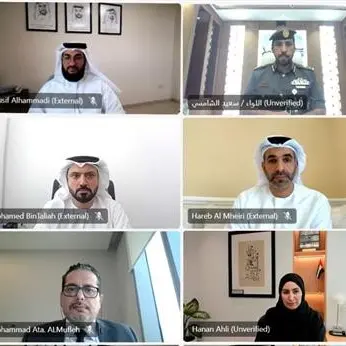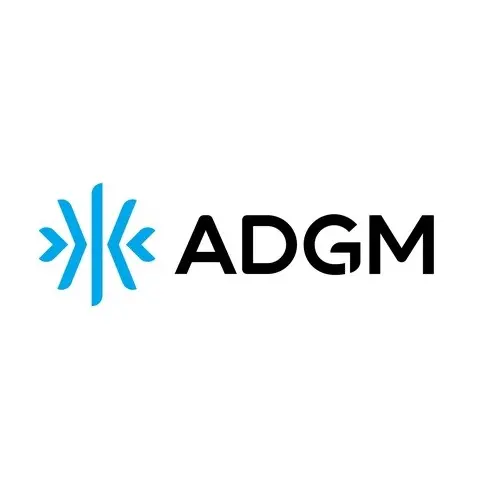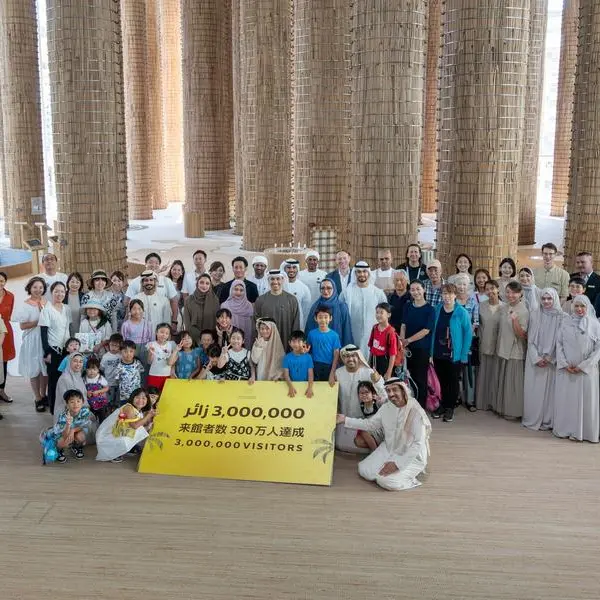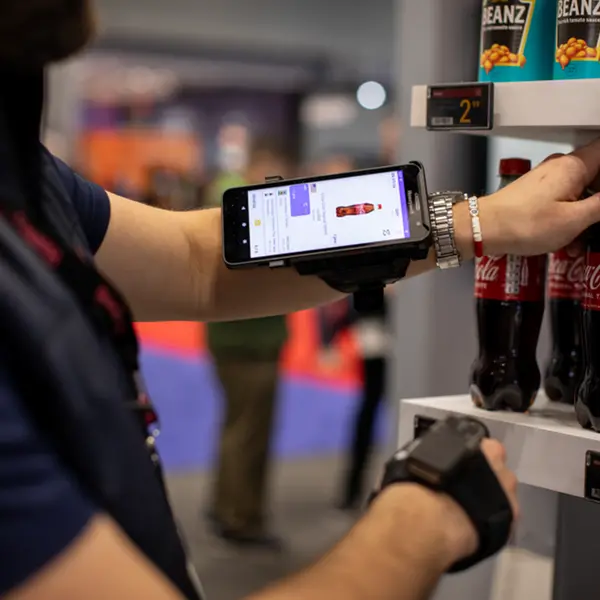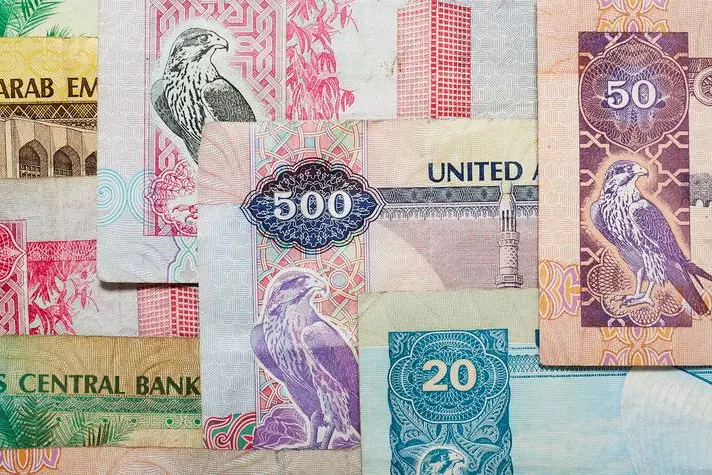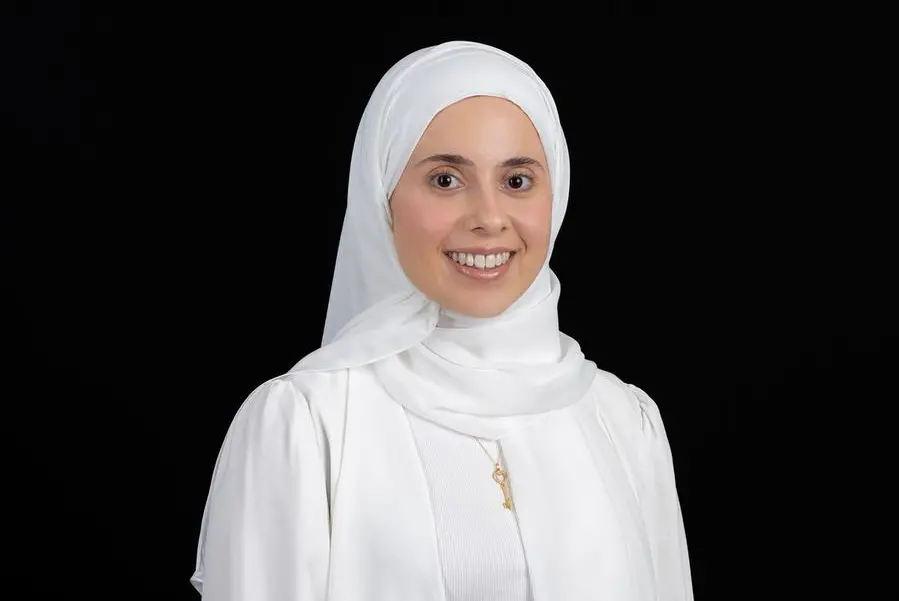Engineering University promotes research and teaching by promoting high-tech 3D visualization through state-of-the-art research projects.
DOHA, QATAR -- Texas A&M University at Qatar hosted the awards ceremony for its 2011 Visualization Development Competition (VDC 11) on Tuesday at the Texas A&M Engineering Building on the Education City campus. The third annual installment of the competition was organized by the University's ITS Research Computing Department and sought to increase awareness of the benefits of visualization within both research and teaching communities.
First place was awarded to Dr. Reza Sadr, Texas A&M at Qatar assistant professor of mechanical engineering, and Rana Khader, Texas A&M at Qatar mechanical engineering research assistant, for their team's project, 'Near-wall Effects on Nano-Particle Motion in a Microfluidics System.' Dr. Annie Ruimi, Texas A&M at Qatar assistant professor of mechanical engineering, and her team's '3D Visualization of Looping, Tangling and Knot Formation of Surgical Threads' won second place.
"Nanotechnology has become very important in this century, as it can improve efficiency of engineering systems for electronics, medicine and energy applications," said Sadr, addressing the subject of his winning project. "Microfluidics has become progressively important over the past decade to address the demand for increased efficiency in a wide range of applications in advanced systems, such as ink-jet printers, medical implants for injection of drugs and Lab-on-a-chip devices. In this work, computer simulation and 3D visualization are used to show particle motion, and the visualization aims to allow the viewer to go into the nano scale and become part of the flow. This work can help illustrate the real motion of nano particles for students in Physics and thermodynamics classrooms."
The call for proposals was extended to Education City, Qatar University and local industry. Dr. Othmane Bouhali, director of Research Computing at Texas A&M at Qatar, explained the competition's process, saying, "VDC 11 received 13 proposals outlining the project's goal, research and/or teaching benefits and type of support needed. Competition participants included Qatar Museum Authority and Birmingham University, Qatar Statistics Authority and Qatar University, Texas A&M University in College Station, Texas, and Texas A&M at Qatar."
The four groups worked for 13 weeks with Texas A&M at Qatar's visualization experts to achieve their project goals and bring them projects to life with the 3D technology. The projects were then presented to the VDC 11 selection committee composed of members representing RasGas, Roger Head and Ahmed Zamri; Northwestern University in Qatar, Dr. Muqeem Khan; and Texas A&M at Qatar, Dr. Hamid Parsaei.
Texas A&M at Qatar Dean and CEO, Dr. Mark H. Weichold, commented on the competition's contribution to new knowledge, saying, "Texas A&M at Qatar is proud to be able to continue supporting scholarly activities that use cutting-edge visualization technology. These tools support our teaching, research and day-to-day operations in the University, as well as allow us to utilize the data we so carefully collect and compile. The 13 proposals we received for this year's competition prompted us to think about new and novel applications of visualization technology for nanotechnology and medicine, among other uses, and gives us a new perspective on the knowledge we pursue and discover. It is encouraging that visualization technology is becoming a staple for research. In fact, we know of proposals submitted in NPRP Cycle 4 that rely heavily on visualization, so it is clear that Texas A&M at Qatar and its visualization technology are a valuable resource, and are contributing to the University's efforts to connect with the community and add value back to the State of Qatar."
The event provided an opportunity for these communities to utilize the University's Immersive Visualization Facility (IVF) or "Cave," a complete visualization environment for running and viewing complex graphical applications which allows the researcher to see and manipulate data in immersive 3D detail. It is one of the few facilities of its kind in the region, offering researchers an opportunity to conduct ultramodern advanced research.
Ruimi commented on the exclusive opportunity the IVF provides, saying, "It is exciting to be able to use such a unique facility that only a few researchers have the privilege to experience. The 3D visualization capability the facility offers helped us capture important features of surgical thread such as looping and collapse and enabled us to predict the behavior of surgical threads when subjected to conditions normally encountered during surgery."
-Ends-
About Texas A&M University at Qatar
Texas A&M University, recognized as having one of the premier engineering programs in the world, has offered undergraduate degrees in chemical, electrical, mechanical and petroleum engineering at Qatar Foundation's Education City campus since 2003. One hundred fifty one engineers have graduated from Texas A&M at Qatar since 2007. In addition to engineering courses, Texas A&M at Qatar provides classes in science, mathematics, liberal arts and the humanities. All four of the engineering programs offered at Texas A&M at Qatar are accredited by ABET. The curricula offered at Texas A&M at Qatar are materially identical to those offered at the main campus in College Station, Texas, and courses are taught in English in a co-educational setting. The reputation for excellence is the same, as is the commitment to equip engineers to lead the next generation of engineering advancement. Faculty from around the world are attracted to Texas A&M at Qatar to provide this educational experience and to participate in research activities now valued at $70 million, and that address issues important to the State of Qatar. Visit www.qatar.tamu.edu.
© Press Release 2011
